You’ll get a new perspective on using management to help dogs (and their guardians) with these inspiring posts from the Academy’s March is Management Month.
Management in dog training is one of those things that is amazing but so often underestimated. That’s why the Academy decided that March is Management Month and invited students and alumni to write blog posts about management. The resulting posts are full of wit, wisdom, and warmth.
Management is positive and proactive
Management is used to help solve a dog’s behavior issues by making changes to the environment. Sometimes these changes solve the issue on their own, and sometimes they are used alongside training. The Academy bloggers explain why this is a sensible thing to do.
Management is a proactive choice, explains Kathryn Horn (Paws and Cues Dog Training) in her Managing for success! blog post. We can choose to manage the environment in ways that set our dog up for success, making training that bit easier (and in turn making the process more enjoyable for us). Horn uses several examples to neatly illustrate how this works and explains how to gradually transition to a less-managed scenario.
Puppies are cute, but caring for them is hard work and requires plenty of management to prevent them from doing things they shouldn’t. Eden Halbert (Sierra Dogs) suggests that we change our perspective and think about management as providing what the puppy needs—something to chew on, for instance in her blog post on managing puppy behavior. We can set puppies up for success by anticipating their needs, and Eden has a series of posts coming up on how to do this in everyday life.
Traditional management can often involve things like spending time in a crate that might be boring for a dog. Maria Karunungan (Fetch the Leash) challenges us to combine management and enrichment. The advantage for the dog is obvious—more fun and interesting things to do. But there’s an important advantage for us too because it means we no longer have to worry about finding time for enrichment on top of everything else. Enrichment happens right there as we ensure that management is fulfilling our dog’s needs.
There are situations where you could choose between a management or a training response, and Kristi Benson (Kristi Benson Dog Training) compares and contrasts them in her post. There will be times when you need to do some training—for example, to help a dog learn to like the vet—but most of the time, management provides an easy fix. “It can be life-saving, ear-drum-saving, dollar-saving, and family-saving,” she says.
A consideration of when management is and isn’t appropriate is picked up in the conversation between Jean Donaldson and Kristi Benson (Academy for Dog Trainers). One time when management is sometimes inappropriately chosen is when dog-friendly dogs are deprived of dog-dog play, something they enjoy a lot. But oftentimes management is easier for dog guardians than training, and an understanding of normal dog behaviour helps.
“There’s a scavenger in your house, put the garbage away,” says Jean.
There are some great explanations of what management means. We use management for ourselves all the time, explains Kristen Board (Perked Ears Dog Training). For example, she says that if we can put a tempting snack out of our own reach, we should do the same for our dogs. This post will help you understand how management works for you as well as for your dog.
“Sailing makes for great animal-care metaphors,” says Holden Svirsky (Holden K9 Canine Behavior Consulting) and she’s not wrong. “We often get so caught up in the postcard idea of what smooth sailing looks like that we forget how much preparation it takes to be a good skipper.” She sustains the sailing metaphors throughout her post, which includes some management tips and a story about her own dog, Z.Z., who needed a lot of help from management to recover from a perfect storm.
Jodi Beedell (Raising Fido) explains that we can use management to make sure our dog isn’t put in a situation they aren’t trained for yet in her post. She uses a skiing metaphor to explain what it’s like if we’re not using management:
“It’s kind of like when someone is just getting the hang of skiing on the bunny hill and then we ask them to do the same thing they were doing only this time down a black diamond.”
Meanwhile, Allison Lamminen (Delighted Dogs) went for the drama in summing up how it feels when you need management:
“It may feel like we live with monsters when we share our home with dogs.”
Along with adorable photos of her own delightful dogs, this post is full of tips for how to cope when your dog behaves like a monster. She ends by reminding us to let them have fun, to have fun ourselves, and even embrace the naughtiness. If success in dealing with monsters doesn’t convince you to try management, nothing will.
Management can be part of an overall plan rather than the solution on its own. “Without management, it’s like trying to pump air into a tire with a huge hole in it,” says Jessica Ring (My Fantastic Friend). She discusses the benefits of using management as part of a comprehensive plan. Her tips include providing a safe space, keeping your distance, and creating controlled situations in which to give your dog objects they might guard (if they guard resources). This is the second in a two-part series from Jessica and there’s a wealth of information here. The first post, Are there quick fixes for dog behavior problems?, provided the inspiration for this management month, and is also a must-read.
Using management in dog training
There are tons of great ways to make use of management, and not surprisingly the posts are full of practical ideas.
Janice Zazinski (Janice Z Dog Training) shares many useful tips illustrated with photos of her adorable dog Daisy. Daisy demonstrates how she wears a head halter for loose leash walks and how she much prefers car rides when in her travel crate. My favourite from Janice’s set of tips is to keep treats stashed around the house (but out of reach of your dog), such as a can of spray cheese on the desk so it’s to hand right when you need it.
Kate LaSala (Rescued By Training) explains how to use a treat magnet to move your dog around, and when you watch the accompanying video you’ll understand exactly why she calls it a magnet metaphor. As she demonstrates in the post, a toy with a wide opening or a squeeze tube makes the perfect treat magnet. The video is delightful and shows exactly what to do.
Lizzy Flanagan’s (Lizzy and The Good Dog People) examples of management include preventing counter surfing by not leaving food out and not leaving your dog unsupervised around food. “It only takes a few seconds to grab a chunk of havarti!” she reminds us. This is an illustrated post and the cute drawings of dogs perfectly complement the text. (The look on the face of the dog by the cheese board! Adorable).
My own contribution to the month (Companion Animal Psychology) was about using management with fearful dogs as a way to protect their training and keep them feeling safe. For example, you might walk your fearful or reactive dog at a time of day when hardly anyone is around, or perhaps find alternate activities instead.
A management win
I had the honour of picking a winner from the contributions. This was a great pleasure because the posts are so good, but that meant it was also very difficult to pick just one. Every single one of these posts has accurate and actionable tips and is well-written, engaging, interesting, and inspiring. These are all great articles that illustrate how important and useful management is in dog training.
I’m delighted to say that the winning post is engaging, practical, and makes excellent use of story telling to share a situation in which management was essential and, over time, made a big difference. Congratulations to Holden Svirksy (Holden K9)!











